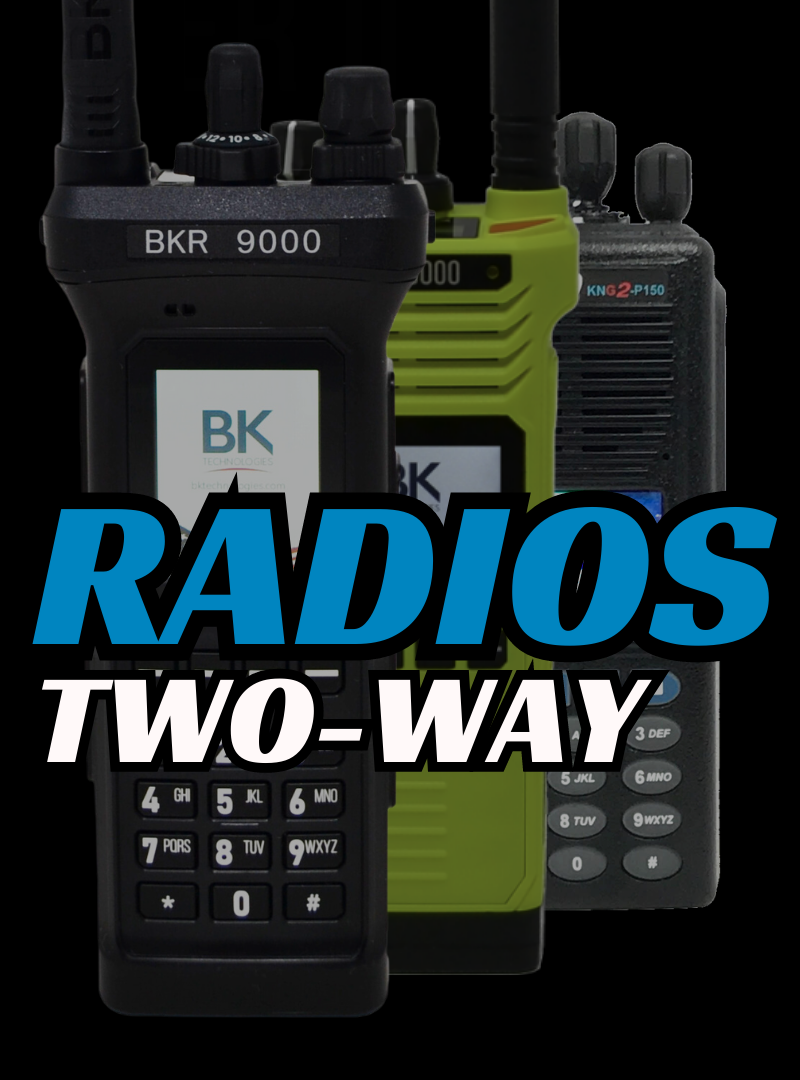Unlocking Public Safety Communication Efficiencies: Funding and Strategies for P25 Radio Systems
The demand for advanced public safety communication systems is more critical than ever. With the Project 25 (P25) standards setting the stage for interoperability and high-performance communications, many agencies are looking towards upgrading or implementing these systems. This article serves as a comprehensive guide to navigating funding opportunities, leveraging cost-saving strategies, and understanding the total cost of ownership for P25 radio systems.
The Importance of P25 Standards in Public Safety Communications
Project 25 (P25) standards ensure seamless interoperability among public safety agencies, critical for effective response during emergencies. By adopting P25-compliant systems, agencies can enhance their communication capabilities, ensuring clear, reliable connections across different devices and jurisdictions.
Finding Funding: Grants and Assistance for P25 Upgrades
Navigating the landscape of grants and financial assistance for P25 systems can be daunting. Resources like the SAFECOM Guidance on Emergency Communications Grants and the Assistance to Firefighters Grant (AFG) program are invaluable for agencies seeking to fund their communication upgrades. Furthermore, the American Rescue Plan presents new opportunities for funding public safety infrastructure, including communications systems.
Cost-Saving Strategies for P25 Radio System Implementation
Understanding the total cost of ownership is crucial for budget-conscious public safety agencies. Strategies such as cooperative purchasing, investing in scalable solutions, and seeking interoperable components can lead to significant long-term savings. Additionally, considering the lifecycle cost of equipment, from acquisition through maintenance to eventual replacement, is vital for accurate budgeting.
Making the Case for Investment in P25 Radio Systems
Securing the necessary funding for P25 systems often requires building a strong case for the investment. Highlighting the benefits of enhanced interoperability, improved safety for first responders, and the potential for more effective emergency response are key components of a compelling argument. Utilizing data and case studies to demonstrate the impact of P25 systems can further strengthen the case to decision-makers and grant committees.







